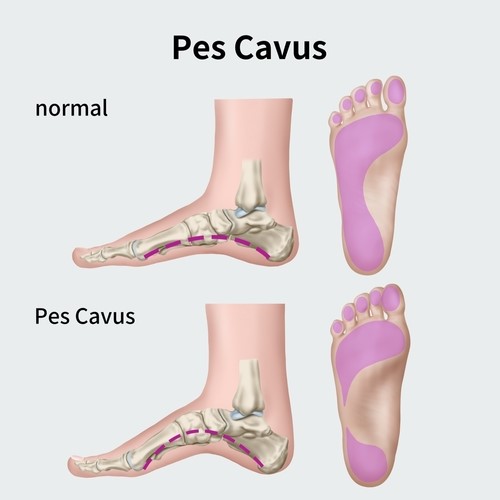High Arched Feet
What Are High Arched Feet?

Table of Contents
Are High Arches Good or Bad?
What Causes Pain In Arched Feet?
Visit Us Today
Hope Island
Phone: 07 5510 9222
Located within Hope Island Marketplace Medical & Skin Clinic, 99-103 Broadwater Ave Hope Island QLD 4212
Jimboomba
Phone: 07 5546 9766
Located Within Jimboomba Medical Centre, Unit 1/69 Cerina Cct, Jimboomba QLD 4280
Beenleigh
Phone: 07 3287 2224
Located Within Beenleigh Mall Medical Centre, Shop24A, 40/68 Main Street, Beenleigh QLD 4207
Eagleby
Phone: 07 2889 1666
Located Within Eagleby Family Practice, 5/120 River Hills Rd, Eagleby QLD 4207
Harristown
Phone: 07 4635 6111
Located Within Toowoomba Medical Centre, 146 Drayton Road, Harristown QLD 4350
Marsden
Phone: 07 3067 2370
Located Within Marsden Family Doctors, Shop 28/55-77 Chambers Flat Rd, Marsden QLD 4132
Keperra
Phone: 07 3355 4082
Located Within Keperra Medical Clinic, 14 Dallas Parade Keperra QLD 4054
Coomera
Phone: 07 5573 5663
Located Within Doctors @ Coomera Central, Shop 6, 21 Coomera Grand Drive, Upper Coomera, QLD 4209
Newtown
Phone: 07 4633 8700
Located Within Ochre Medical Centre Wyalla, Shop 20, 238 Taylor Street, Newtown QLD 4350
What Causes High Arched Feet?
High Arched Feet Symptoms
How To Treat High Arched Feet
- Custom foot orthotics: These inserts are placed inside the shoes to control foot mechanics while walking, positioning the feet more functionally, improving shock absorption, and helping the foot adapt to uneven terrain.
- Footwear changes: Modifying your shoes to ensure they provide adequate cushioning and do not push the foot outward.
- Stretching tight muscle groups: Addressing muscle tightness is key to relieving symptoms effectively.
High Arch Feet FAQ's
What shoes are best for high arched feet?
Can high arches cause back pain?
Do high arches affect balance?
Can high arches cause hip pain?
Similar to back pain, issues at the foot level can affect the kinetic chain up through the legs and hips. However, this isn’t always the case, and a professional assessment from your podiatrist is highly recommended. They will consider other factors, such as gluteal strength, which can also contribute to unexplained hip pain.
Can high arches cause overpronation?
No, high arches are not a cause of overpronation. Overpronation typically occurs in flatter foot types, where the foot rolls inward too much during walking or running. High arches, on the other hand, tend to be more rigid and may have the opposite issue, where they do not roll in enough to absorb shock effectively. To learn more about the causes of pronation, it’s best to explore conditions related to flatter feet and how they impact foot mechanics.
Do orthotics help high arches?
Yes, we successfully use orthotics for individuals with high-arched feet. Since our orthotics are custom-designed for each person’s feet, they can include features that address the specific needs of high-arched feet, such as added cushioning, shock absorption, and stability. This helps keep you more comfortable on your feet and can reduce the likelihood of foot pain and injury.
Enquire Now
Not The Condition You Are Looking For?
Find out more about the conditions we treat by clicking below.
